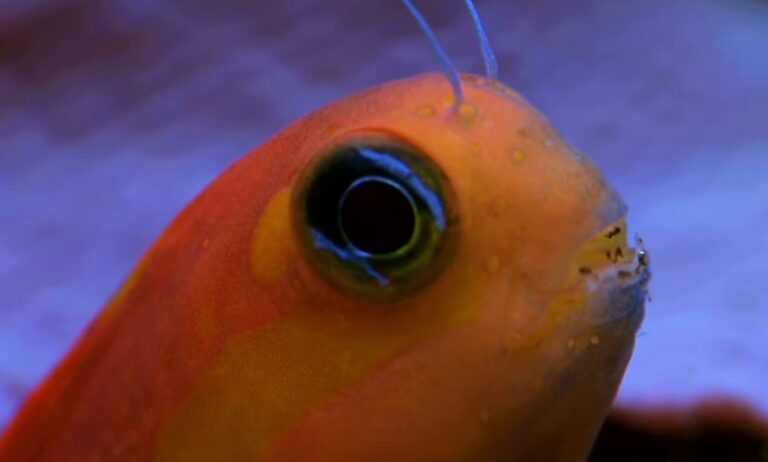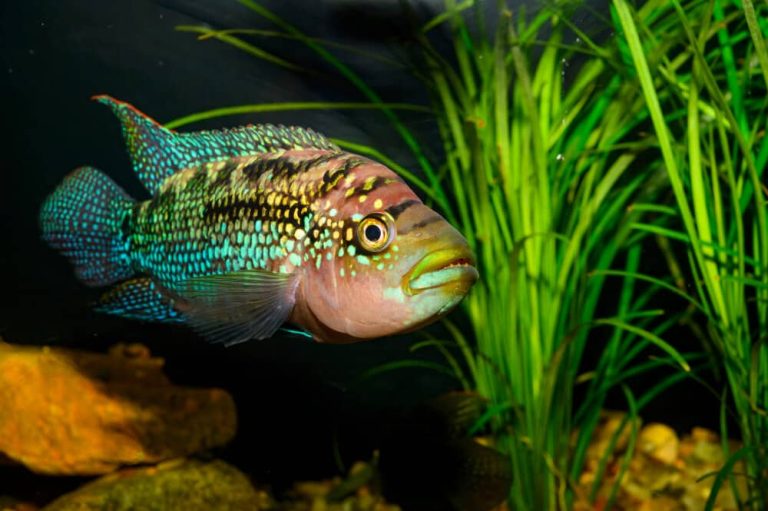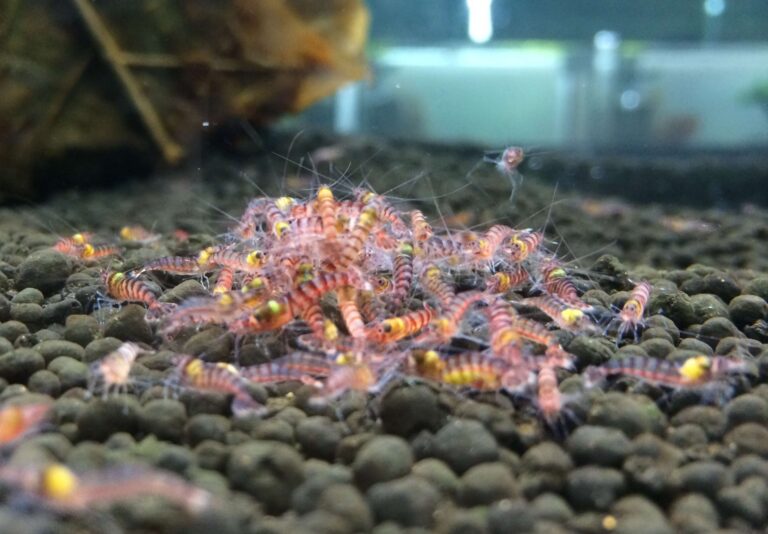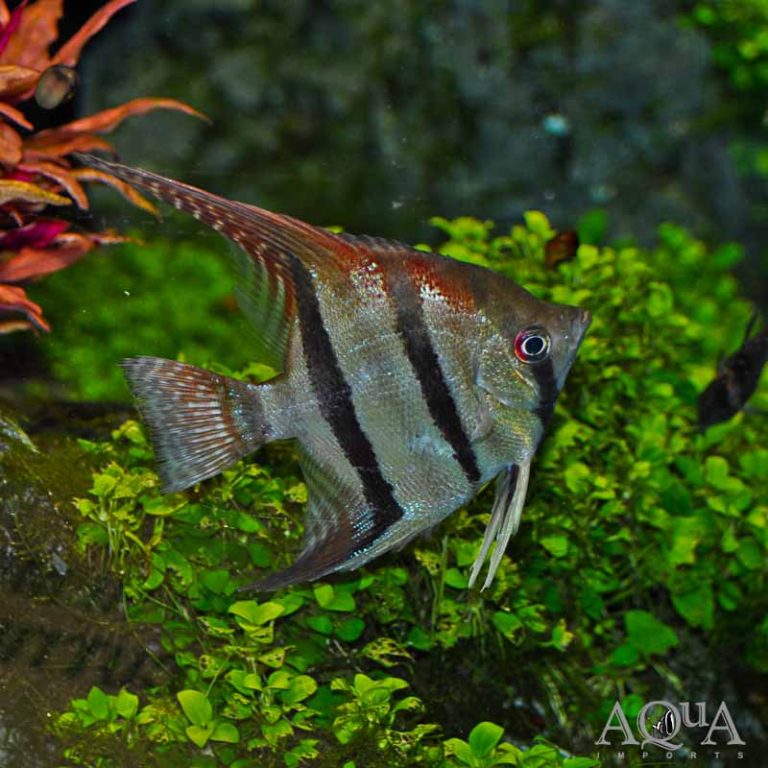Golden Roseline Shark
The golden roseline shark is a stunning and popular aquarium fish known for its vibrant coloration and graceful movement. With its distinctive golden body and vibrant red stripe running along its sides, this fish adds a touch of elegance to any aquatic setup. Whether you’re a seasoned fish enthusiast or just starting out in the world of aquarium keeping, the golden roseline shark is a great addition to your tank. In this article, we’ll explore the fascinating world of the golden roseline shark, covering everything from its natural habitat to its care requirements and more. So, let’s dive in!
What is a golden roseline shark?
The golden roseline shark, also known as the golden barb or Puntius semifasciolatus ‘Schuberti’ is a freshwater fish native to Southeast Asia. It belongs to the Cyprinidae family, which includes other popular aquarium species like goldfish and koi. This small fish typically grows up to 4-5 inches in length and has a lifespan of around 5-7 years.
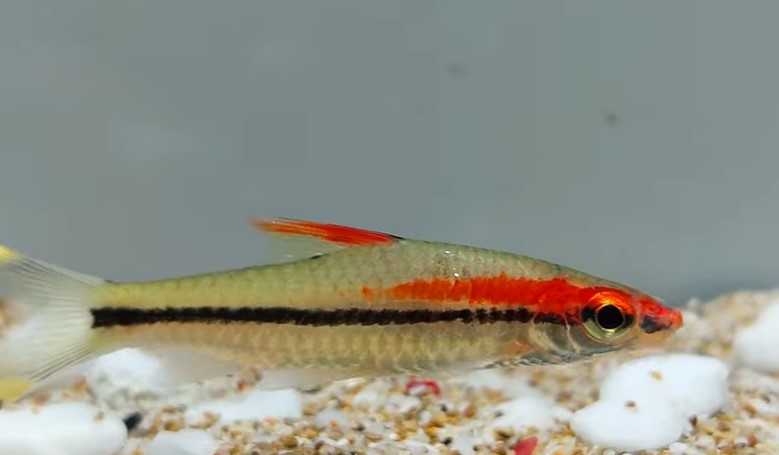
Natural habitat and behavior
The golden roseline shark is found in various freshwater habitats across Southeast Asia, including slow-moving rivers, streams, and flooded areas. In the wild, this species is known to inhabit densely planted areas with plenty of hiding spots and flowing water. They are also known to form shoals, so it’s best to keep them in groups of at least 6-8 individuals in the aquarium.
Tank setup and requirements
Creating the perfect environment for your golden roseline sharks is crucial for their health and well-being. Here are some key factors to consider when setting up their tank:
1. Tank size: A minimum tank size of 30 gallons is recommended for a small group of golden roseline sharks. Larger tanks provide more swimming space and help reduce territorial behavior.
2. Water parameters: The ideal water temperature for golden roseline sharks is between 72-79°F (22-26°C), with a pH range of 6.5-7.5. It’s important to maintain good water quality by performing regular water changes and monitoring ammonia, nitrite, and nitrate levels.
3. Substrate and decor: Use a fine-grained substrate like sand or gravel, which mimics their natural habitat. Adding plenty of plants, rocks, and driftwood will provide hiding spots and create a visually appealing setup.
4. Filtration and water flow: Golden roseline sharks prefer well-oxygenated water with moderate to strong water flow. A good-quality filter and aeration system are essential for maintaining optimal water conditions.
Feeding and diet
In the wild, golden roseline sharks are omnivorous and feed on a variety of food sources. In the aquarium, they readily accept a range of commercially available fish foods, including flakes, pellets, and freeze-dried or frozen foods. To ensure a balanced diet, it’s recommended to supplement their meals with live or frozen foods like brine shrimp, bloodworms, and daphnia. It’s important not to overfeed them, as it can lead to poor water quality and obesity.
Compatibility with other fish
Golden roseline sharks are generally peaceful and get along well with other non-aggressive fish species. However, they may display territorial behavior towards their own kind, especially in smaller tanks or when kept in small numbers. It’s best to provide plenty of hiding spots and enough swimming space to reduce aggression. Good tankmates for golden roseline sharks include peaceful community fish like tetras, gouramis, and rasboras.
Breeding and reproduction
Breeding golden roseline sharks in the aquarium can be a challenging task. They are egg scatterers, meaning that the female scatters her eggs among plants or other fine substrates while the male fertilizes them. To encourage breeding, it’s important to provide suitable spawning conditions, including optimal water parameters, high-quality food, and plenty of plants for egg deposition. Spawning can be induced by gradually lowering the water temperature and performing water changes. Once the eggs are laid, it’s advisable to remove the adults to prevent them from eating the eggs. The eggs typically hatch within 24-36 hours, and the fry can be fed infusoria or commercially available liquid fry food.
Frequently Asked Questions
Now, let’s address some common questions that aquarists often have about golden roseline sharks:
1. Are golden roseline sharks aggressive?
While golden roseline sharks can display territorial behavior towards their own kind, they are generally peaceful towards other non-aggressive tankmates. Providing enough hiding spots and swimming space can help reduce aggression.
2. Can golden roseline sharks be kept with other species?
Yes, golden roseline sharks can be kept with other peaceful community fish like tetras, gouramis, and rasboras. It’s important to choose tankmates that are similar in size and temperament to avoid any conflicts.
3. How big do golden roseline sharks get?
Golden roseline sharks typically grow up to 4-5 inches in length. It’s important to provide them with enough swimming space to accommodate their active nature.
4. What should I feed my golden roseline sharks?
Golden roseline sharks are omnivorous and accept a variety of commercially available fish foods. It’s recommended to supplement their diet with live or frozen foods like brine shrimp, bloodworms, and daphnia for added variety and nutrition.
Final Thoughts
Keeping golden roseline sharks can be a rewarding experience for any aquarium enthusiast. Their striking coloration, elegant movement, and peaceful nature make them a great addition to any freshwater setup. By creating the right environment, providing proper care, and choosing suitable tankmates, you can ensure that your golden roseline sharks thrive and bring beauty to your aquarium. Remember to regularly monitor water parameters, maintain good water quality, and provide a varied and balanced diet. Happy fishkeeping!

